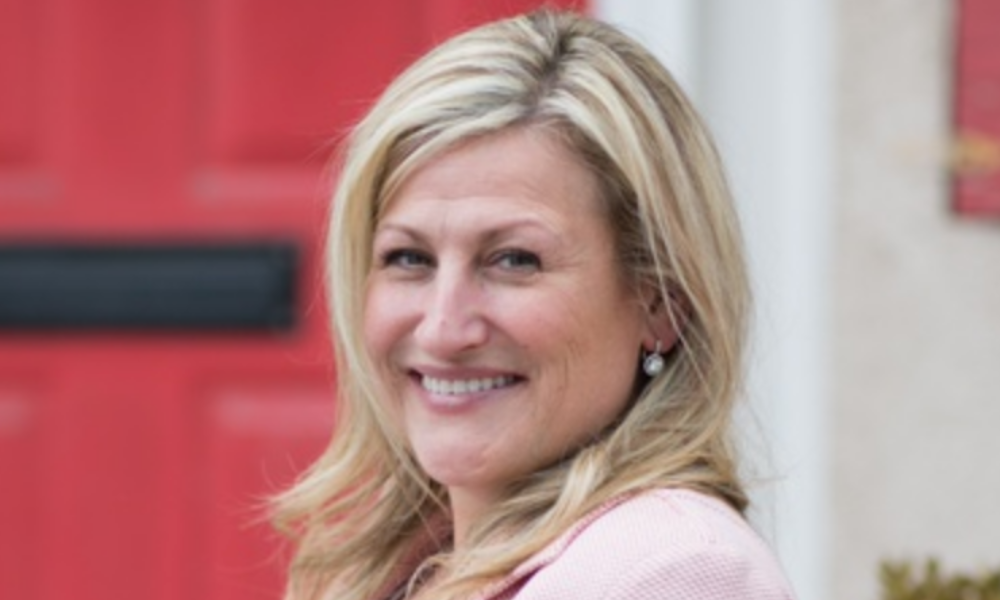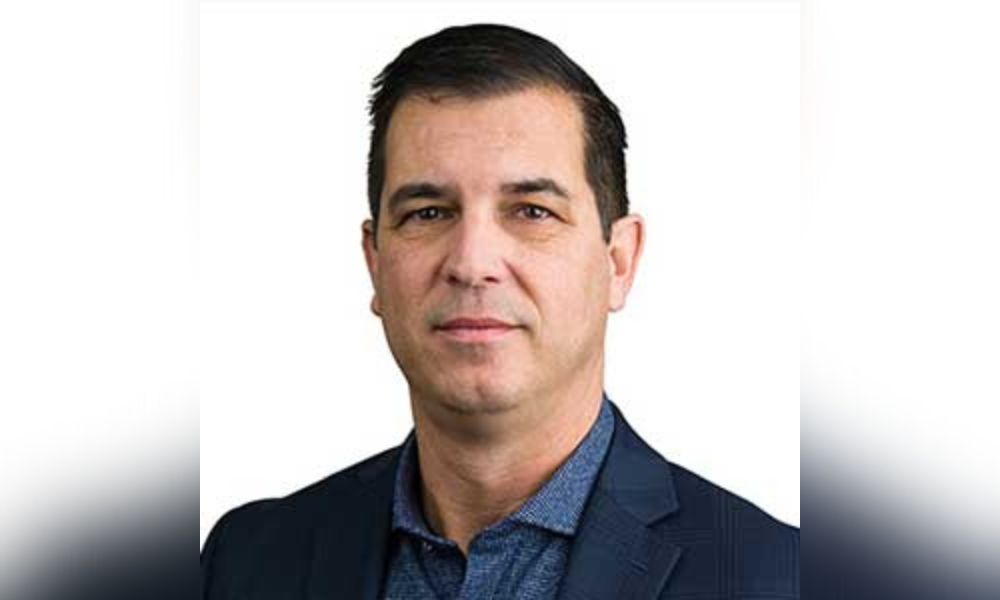Panel on what mortgage professionals need to keep in mind about the alternative market next year

It’s no secret that many Canadian borrowers have faced a new series of hurdles to qualify for a mortgage this year, with the market having witnessed a profound shift amid rising rates and murky economic waters.
Against that backdrop, a recent panel discussion at the Canadian Mortgage Summit in Mississauga centred on ways that brokers and their clients can focus on alternative and private products as a solution, and some of the main things they need to keep top of mind about those options.
Chaired by Geoff Rabideau (pictured top), principal and lawyer at Rabideau Law, the panel gathered prominent figures in the lending space for their views on some of the best ways for brokers to navigate turbulent times and maximize their opportunity for 2023.
Why are rent-to-own options growing in popularity in Canada?
Rachel Oliver (pictured below), managing partner and broker relations at Clover Properties, highlighted the growing strength of rent-to-own products in the current market, with those options – which see clients rent a property for a specified time before purchasing it at a price agreed in advance – garnering significant interest from brokers in 2022.

She encouraged more brokers and agents to look into rent-to-own solutions as a means of helping clients realize their homebuying dreams in the year ahead.
“I think what is really happening is that the borrowing options that existed before, that worked in the last year or two, are no longer working,” she said. “A lot of brokers we deal with used to have conversion rates of 70%. Now they’re down to 40%, and they’re kind of frustrated.
“In this case, open up your periphery. Rent-to-own has been around since 2009 in Ontario, and a lot of brokers dismissed it over the years, but now it’s time to kind of open up that peripheral vision and look at different options. Educate yourself, ask questions: ‘How does it work? How can it solve a problem?’”
With buyers in the market often requiring an even higher loan-to-value (LTV) than before, as well as a number of years to pay down debts, some products that may have worked for them before are no longer suitable, Oliver said, with rent-to-own potentially filling that gap.
How important is suitability for clients in their choice of mortgage?
Daniel Joseph (pictured immediately below), director, broker relations at Canadian Mortgages Inc. (CMI) said that knowing a client’s needs and circumstances was essential for brokers and agents before they place them into a mortgage product.

“What we also find is, we’ve dealt with so many brokers and agents whereby they will place a client into a financial product at the beginning and it looks great, but they’re not looking at the tail end when that mortgage comes up for renewal or to be discharged,” he said.
“It’s always smart to think if you’re putting your client into a transaction, a financial product, don’t just look at the beginning, but look at the tail end… You want to know their circumstances. You want to know exactly what they’re looking for and what their goals are.”
Phil Fiuza (pictured immediately below), managing director, single-family mortgages, Ontario, at Atrium MIC, emphasized that suitability should go beyond the three or four questions that brokers might have on their sheet to fill out for a client.

Many agents might include three or four standard paragraphs indicating that the deal will be sent over with a strategy to pay it out in six months to a year with a B lender – but a much longer-term approach is often required, according to Fiuza.
“We’re in the 8% and 9% and 10% range on first mortgages – you have to think about that client that’s sitting in front of you and actually [look] at suitability,” he said. “Can they pay $7,000 a month for this mortgage? And can you honestly believe that in a year, you’re going to be able to take them from [a specific lender] and put them in [another] or better? That’s suitability.”
It’s crucial for brokers to set expectations for their client about what kind of financing and loan to values are feasible, Fiuza added, to ensure that they have a realistic view of what’s achievable and what isn’t.
“When our client’s in your office, set that expectation: 80% is going to be difficult. 85% is going to be extremely difficult. 75% is going to be maybe a little less difficult. 70% may be easier,” he said. “That’s suitability. Those are all things that have to factor into what you do today.”



